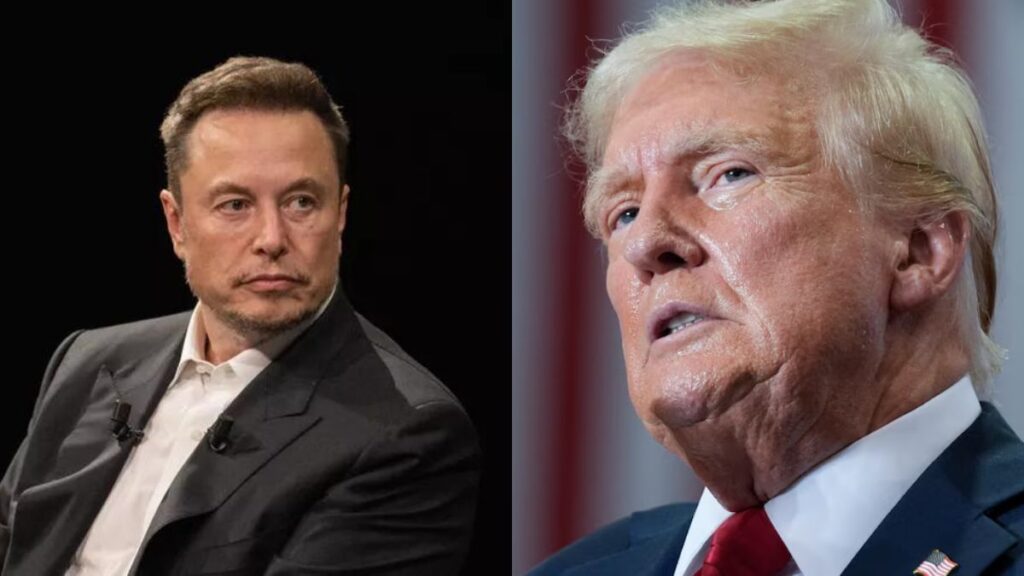Prime Minister Fumio Kishida’s unexpected announcement to step down in September marks a significant turning point for Japan’s political landscape. His decision comes as the nation grapples with rising prices and political scandals, casting a shadow over his tenure. As the Liberal Democratic Party (LDP) prepares for a leadership contest, the world’s fourth-largest economy braces for the challenges ahead.
Thank you for reading this post, don't forget to subscribe!Fumio Kishida’s Rise to Power
Fumio Kishida assumed office as Japanese Prime Minister in October 2021, bringing with him a promise of steady leadership and economic reform. His ascent marked a transition from the previous administration of Yoshihide Suga, with hopes of revitalizing Japan’s economy post-pandemic.
Kishida’s tenure, however, has been marred by several political scandals. Revelations about the LDP’s ties to the controversial Unification Church have significantly eroded public trust. This issue, compounded by unrecorded political donations at LDP fundraising events, further dented his administration’s credibility.
Under Kishida’s leadership, Japan saw efforts to combat the economic fallout from the COVID-19 pandemic through massive stimulus spending. His administration’s economic strategy focused on boosting household incomes rather than relying solely on corporate profit-driven trickle-down economics.
Despite these efforts, Japan has faced rising living costs and inflation, posing significant challenges for its government.
A notable move during Kishida’s tenure was the appointment of Kazuo Ueda as the head of the Bank of Japan. Ueda’s mandate to steer away from his predecessor’s radical monetary stimulus policies led to a surprising interest rate hike in July, which contributed to market instability and a sharp decline in the yen’s value.


Kishida’s decision not to seek re-election as LDP leader sets the stage for a leadership contest within the party. This internal contest will determine not only the new party boss but also Japan’s next prime minister, given the LDP’s dominant position in Japanese politics.
The incoming leader will face the immediate challenge of uniting a divided ruling party. The LDP’s internal factions and differing policy priorities require a leader capable of bridging divides and presenting a cohesive strategy to the public.
The new prime minister will need to address the ongoing economic issues, including potential further increases in living costs. Additionally, escalating geopolitical tensions with China and the potential return of Donald Trump as U.S. president add layers of complexity to Japan’s foreign policy landscape.
Kishida’s administration is credited with leading Japan out of the COVID-19 pandemic through substantial economic stimulus measures. These efforts aimed to stabilize the economy and support households, even as inflationary pressures mounted.
A departure from previous administrations, Kishida’s focus on boosting household incomes through wage hikes and promoting share ownership marked a significant policy shift. This approach aimed to create a more equitable economic environment, though its long-term impact remains to be fully realized.
The appointment of Kazuo Ueda and the subsequent shift in monetary policy underscored Kishida’s willingness to embrace change. However, the resulting market volatility highlighted the delicate balance required in managing economic transitions.
Despite economic efforts, Kishida’s tenure was overshadowed by political scandals that eroded public trust. The revelations of unrecorded political donations and ties to the Unification Church significantly damaged his administration’s reputation.
As the LDP gears up for a leadership contest, the party’s focus will be on finding a candidate who can restore public trust and navigate Japan through its current challenges. The new leader’s ability to unite the party and present a clear vision for the future will be crucial.
The incoming prime minister will need to address the ongoing economic issues, particularly rising prices and inflation. Balancing fiscal and monetary policies to stabilize the economy while promoting growth will be a key priority.
Also read >> Justin Trudeau Faces Leadership Crisis Amid Economic
Geopolitical Strategies
In the face of escalating tensions with China and potential shifts in U.S. leadership, Japan’s foreign policy strategies will be under scrutiny. The new leader’s approach to these challenges will significantly impact Japan’s international standing.
Fumio Kishida’s decision to step down as prime minister marks a critical juncture for Japan. His tenure, characterized by efforts to stabilize the economy and shift policy focus, was ultimately overshadowed by political scandals and rising prices.
As the LDP prepares for new leadership, Japan stands at a crossroads, with significant challenges and opportunities ahead. The new prime minister’s ability to unite the party, address economic issues, and navigate geopolitical complexities will shape the nation’s future trajectory.
What led to Fumio Kishida’s decision to step down?
Kishida’s decision to step down was influenced by declining public support due to political scandals and rising prices. Revelations about the LDP’s ties to the Unification Church and unrecorded political donations further eroded his credibility.
Who will replace Fumio Kishida as Japan’s prime minister?
The Liberal Democratic Party (LDP) will hold a leadership contest to determine Kishida’s successor. The new party leader will likely become Japan’s next prime minister, given the LDP’s dominant position in Japanese politics.
What were the key challenges during Kishida’s tenure?
Kishida faced significant challenges, including political scandals, rising living costs, and economic instability. His administration’s efforts to stabilize the economy through stimulus spending and policy shifts were overshadowed by these issues.
How did Kishida’s economic policies differ from his predecessors?
Kishida’s economic policies focused on boosting household incomes through wage hikes and promoting share ownership, marking a departure from corporate profit-driven trickle-down economics. This approach aimed to create a more equitable economic environment.
What impact did Kishida’s monetary policy shifts have on the economy?
The appointment of Kazuo Ueda as the head of the Bank of Japan and the subsequent interest rate hike led to market instability and a decline in the yen’s value. These changes highlighted the challenges of managing economic transitions.
What are the key challenges for Japan’s next prime minister?
Japan’s next prime minister will need to address rising living costs, economic instability, and geopolitical tensions with China. Additionally, uniting a divided ruling party and restoring public trust will be crucial for the new leader’s success.



